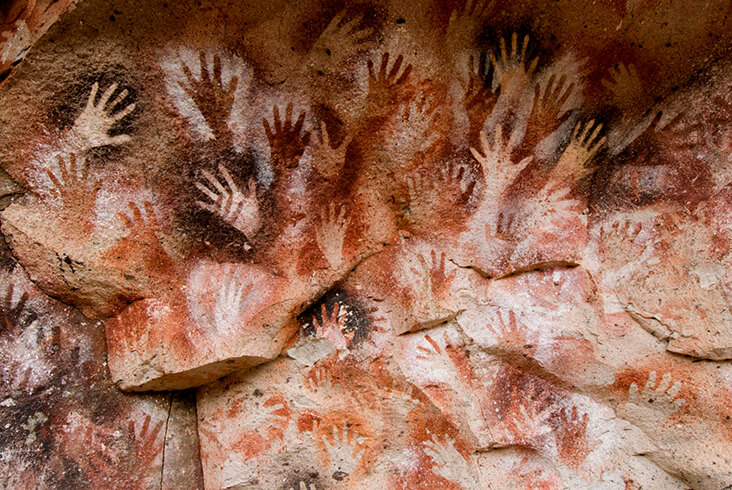Poetry, cave drawings, figurines, even engravings on tools! The list of art can go on and on, as long as Homo sapeins have walked this earth. In fact, some archaeologists and anthropologists consider the sheer notion of art to be not only a prehistoric tradition, but a pre-human one at that!
Excavations in Indonesia uncovered etched shells buried with the bones of Homo erectus, a possible human ancestor, dating back to around 500,000 years ago; over twice as old as the modern Homo Sapien. Archaeologists Colin Renfre, at the University of Cambidge, remarked on this major discovery: “The earliest abstract decoration in the world is really big news.”
/https://public-media.si-cdn.com/filer/54/a8/54a8257b-aa4b-411f-831e-8248be876b14/joordens_trinil_engravedshelledit.jpg)
Despite this major discovery, there is an ongoing debate as to whether or not these marked shells can even be classified as art! This gives rise to many different theories as to when exactly art first came to be. There is definitely a mystery to prehistoric art, yet that mysterious quality instills an incredible sense of beauty.
Similar to our contemporary discussions of whether or not a song, movie, or painting is worthy of being grouped into lavish category of “art”, anthropologists and archaeologists are busy debating whether or not a marking on a shell has any aesthetic or artistic meaning. This begs probably the most important archaeological question of all time: Just what the heck is ‘art’ anyways?

According to most anthropologists centered towards prehistoric art, it is really the intention that defines whether or not something can be classified as art. It is really the aesthetic sense or knack that characterizes and defines this category. In other words, a simple scratch on a shell isn’t really enough to say that something is art. There needs to be some indication that the individual scratching the shell was thinking “Hey! This looks pretty.” With that in mind, art is defined by a preference for aesthetic.
Regardless of how old art may actually be, anthropologists can say with some certainty that the earliest form of human art is at least 100,000 years old. What were these forms of art you may be wondering? Paintings! Markings on rocks made with red ocher; a red powder that can make some dope finger paintings.

But paintings aren’t the only form of prehistoric human art. In fact, as we reach the Upper Paleolithic, we see not only art, but figurines and other engravings as well! As you can see, prehistoric art becomes more diverse and complex as time goes on (go figure). Art isn’t just pretty drawings or sculptures, but is more importantly a means of exploring the evolution of human thought and behavior; which I am very excited to explore throughout this blog!